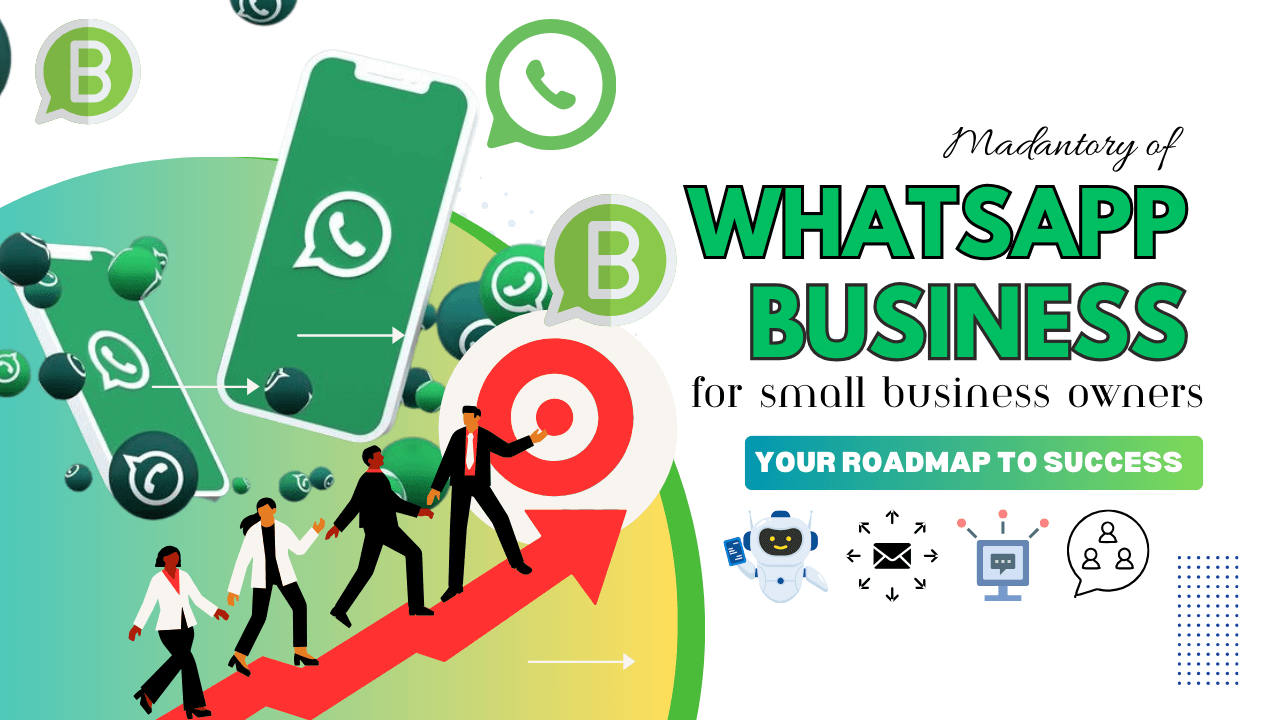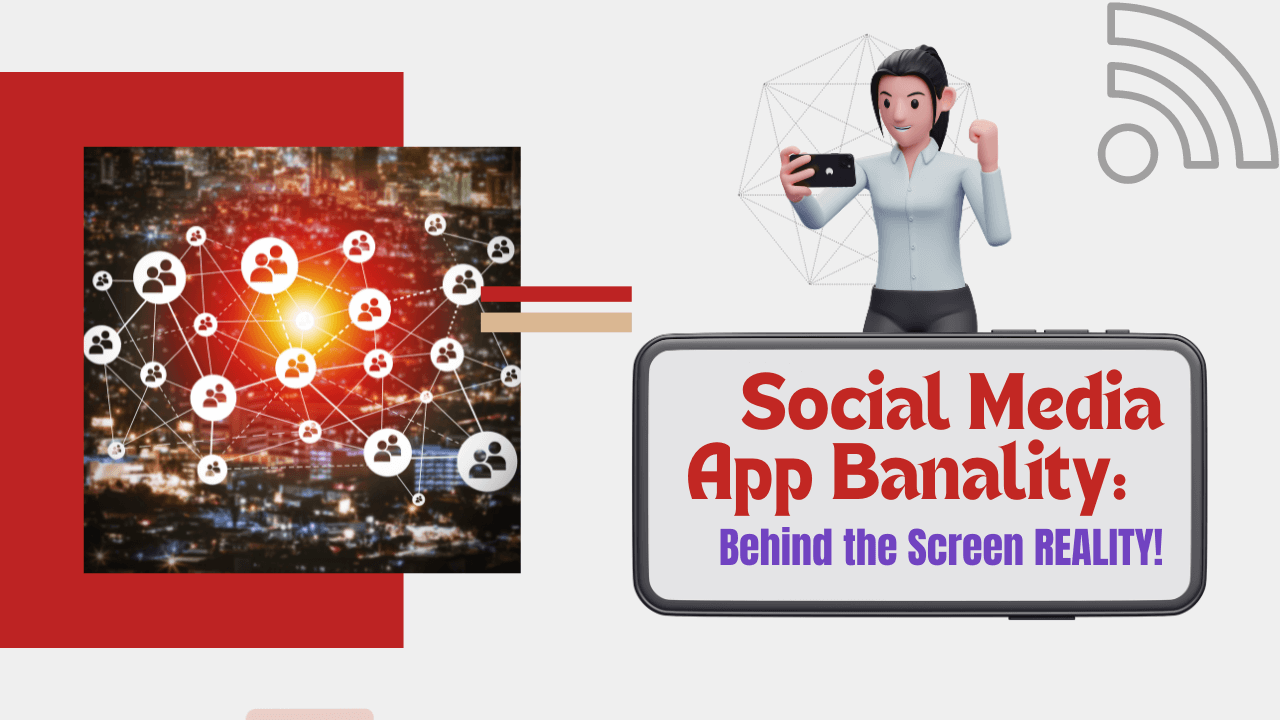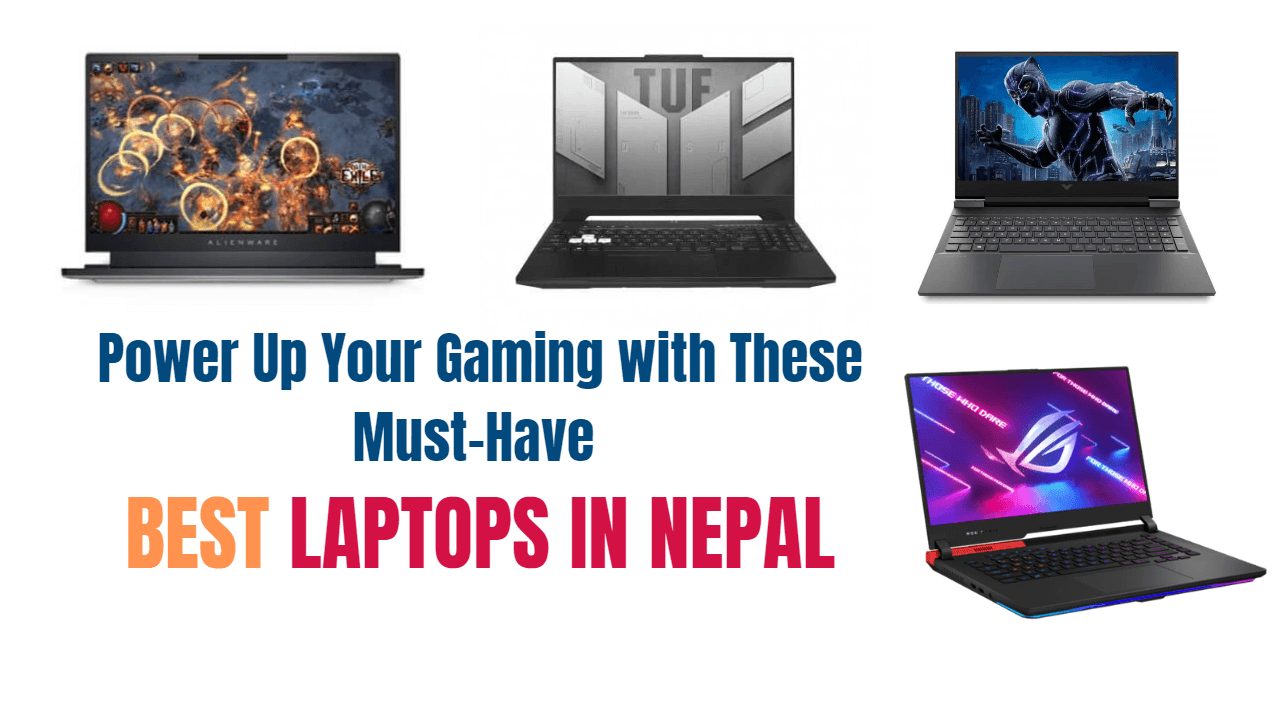Top 10 AI Marketing Apps & Benefits – Power of Artificial Intelligence
2 years agoMetaverse Marketing: Social Media Marketing in the Metaverse
6 months ago -
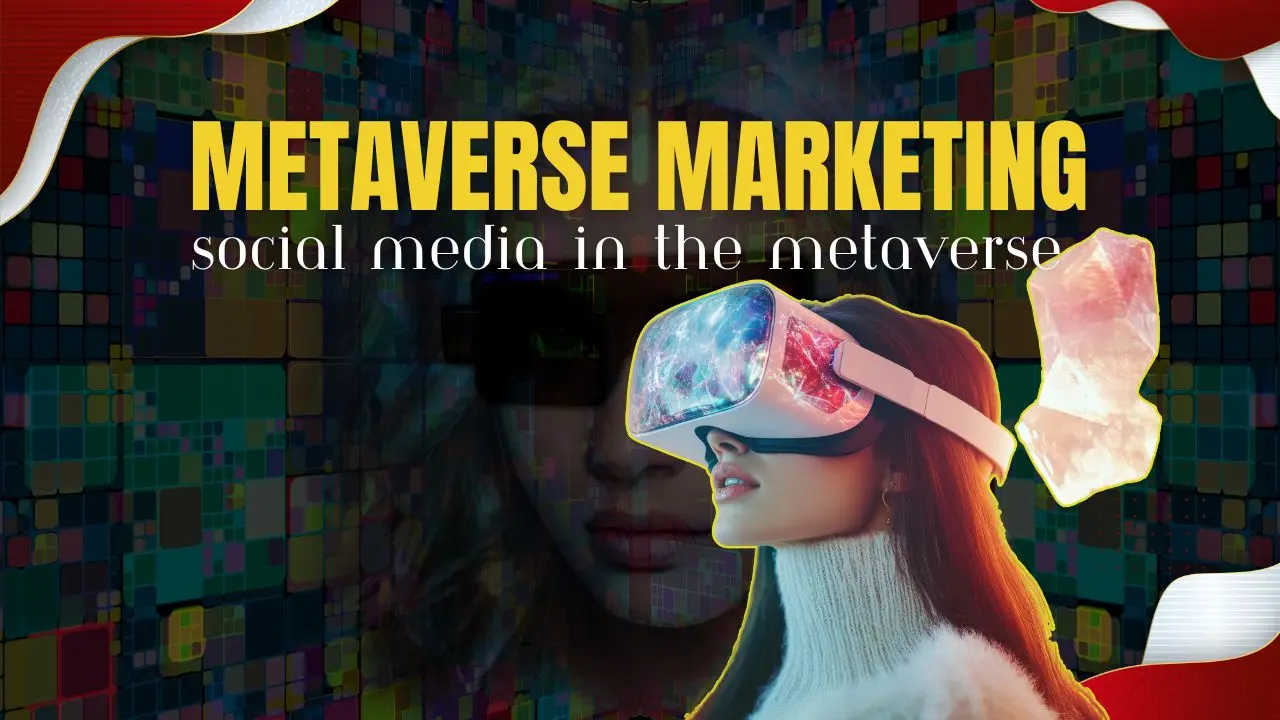
Picture this: walking into a shopping mall, which is not even real. Yet, you can touch things, try them on, and even talk to the salesperson. That’s the metaverse. And marketers? They’re learning fast how to sell here. And that’s called metaverse marketing. Whether you’re a brand or a person that wants to sell a product in Roblox or an agency building AR campaigns, this article will help you learn about SEO in AR/VR worlds.
Table of Contents
Introduction
Welcome to Metaverse: A New Era for Marketers
Just imagine walking through a mall with no roof, floating signs, neon skies, and avatars instead of cashiers. That’s the metaverse. Wild, huh? It ain’t sci-fi anymore; it’s a legit playground for marketers. Brands not adapting? They’re already behind.
The Metaverse Market size in the USA is projected to be USD 54.7 billion value in 2025. By witnessing the subsequent growth, it is further expected to hold USD 1,017.0 billion in the upcoming years, in 2034 at a CAGR of 38.4%.
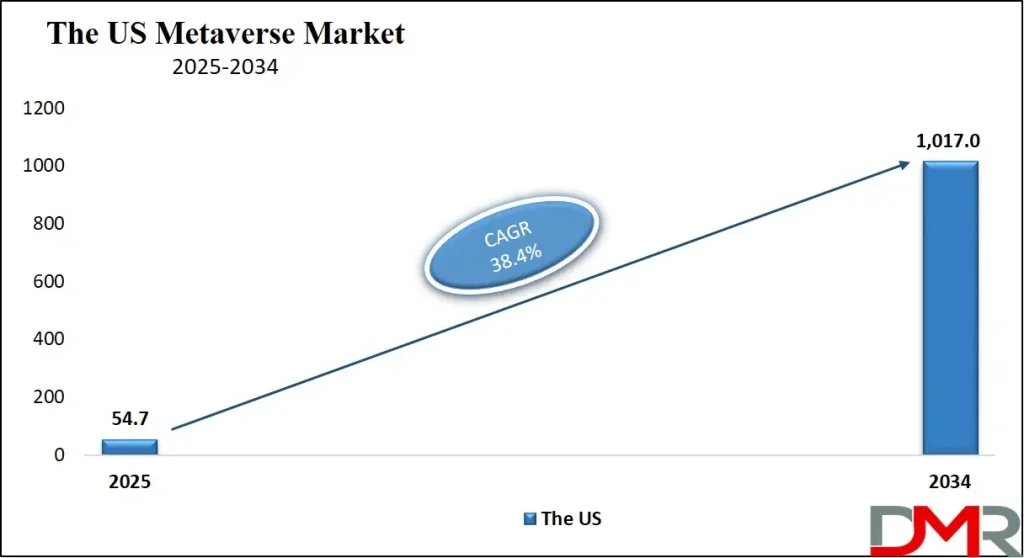
Read more: Metaverse Market By Product (Hardware, Software, and Services)
Why We Wrote This (For Real)
You’re probably thinking: “Do I even need SEO in a world that ain’t real?” Oh, absolutely. This guide here’s your map. We’re diving into how to win in metaverse digital marketing, from SEO tricks to AR magic.
Who’s This For? Brands, Developers, Metaverse Marketing Agencies
If you’re a brand dreaming of virtual billboards, a developer making things fly in VR, or perhaps you’re part of a metaverse marketing agency- buckle up. This is your jam.
Understanding the Metaverse
What is the Metaverse in Simple Terms?
In simple words, the metaverse is a shared, digital space where avatars do real things like shop, talk, and party. You wear a headset or hop on your PC, and go into a new world. It includes 3D experiences, augmented reality (AR), virtual reality (VR), and blockchain. Think of it as the internet brought to real-life experience.
Key Features: Immersion, Interactivity, Real-Time Engagement
Unlike social media, where likes, comments, and shares are the engagement, here you’re in the content. It’s like dreaming while awake. Real-time hangouts, interactive billboards, 3D shops, it’s all happening in the metaverse.
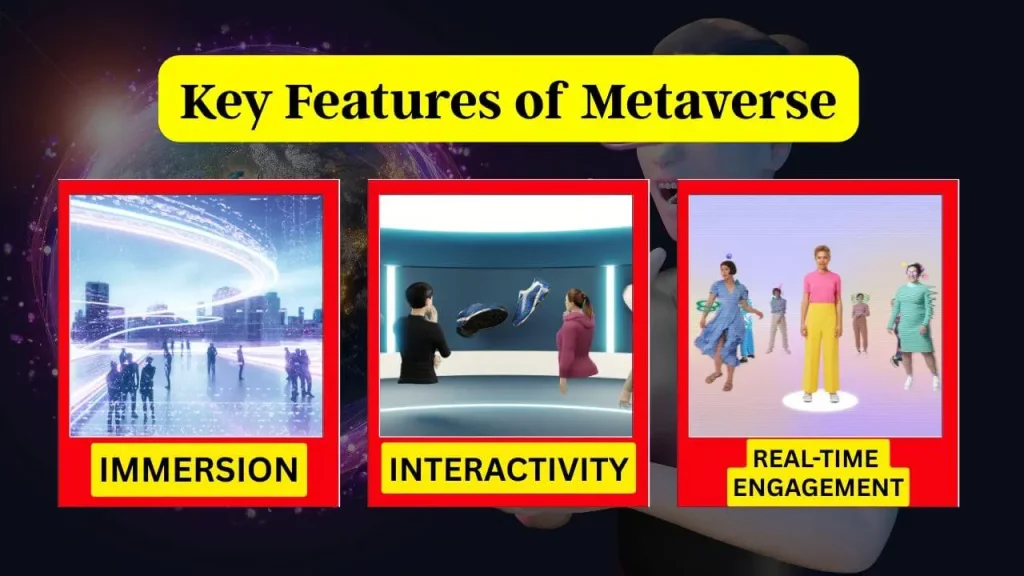
- Immersion: You’re not just watching. You’re inside it.
- Interactivity: Touch, chat, buy, move, play, all in real-time.
- Real-Time Engagement: Marketers can now talk with users as if they were walking in a store.
Why Metaverse Matters for Marketers
Metaverse matters for marketers because it is where people go, and ads follow. And millions of peeps now hang out in these worlds. It’s a goldmine. The virtual economy? It’s poppin’. And the currency? Engagement.
Definition of Metaverse Marketing
What is Metaverse Marketing?
It’s not just posting a banner. It’s storytelling that walks, talks, and maybe dances. You’re building experiences like gamified events or VR pop-ups. Metaverse marketing is the marketing that uses a visual 3D world to provide new experiences, offer opportunities to engage with consumers in many new ways that traditional marketing cannot, expand the user base, in the form of virtual stores, branded live events, and interactive product launches.
Why It’s Different from Traditional Digital Campaigns
Traditional marketing is like fishing with a pole. Metaverse marketing? That’s spearfishing in space. You gotta know where the users are and how they move.
Why Is It Different?
- Immersive Experience, not passive
- Requires 3D storytelling, not just design
- Involves gamification and custom avatars
- Consumers become participants, not just viewers
Benefits of Metaverse Marketing for Brands and Consumers
The benefits of it for Brands and consumers are the virtual try-on to dancing NFTs, brands engage deeper. Users? They get to experience products. Win-win. Some top brands like Coca-Cola, Gucci, and Nike have already launched campaigns in the metaverse. Because of its Engagement rates are higher, brand storytelling becomes more impactful, and early adoption leads to a competitive advantage.
- Brand loyalty through a unique experience
- Global reach 24/7
- Easier retargeting using AR cookies
Real Uses: Events, Virtual Shopping, Gamified Brand Experiences
Real Uses? Yes.
- The product drops inside Roblox
- Virtual concerts on Horizon Worlds
- Shopping malls in Decentraland
- Interactive games in Sandbox
Social Media and Metaverse
Social Media is expanding with the Metaverse. With integration with the metaverse, social media offers new experiences for users such as live events, collaboration, commerce, and other immersive experiences based on AR and VR worlds.
Benefits of the Metaverse for Social Media are
- Expand social media, provide new opportunities for users & business acquisition
- Companies can make money from the metaverse
- Enable the growth of the user base
- To empower creators and users to combine VR and AR with its metaverse
- To make a profit from the creation of a 3D avatar using a tool
- Social media marketers can create content using augmented reality
Also Read: Digital Marketing Services in Nepal
How Social Media and the Metaverse Intersect
- Avatars Are the New Profiles
The static profile picture on social media is kinda outdated. In the metaverse, people represent themselves using avatars- 3D characters that talk, walk, and dance. Remember Snapchat, we are already using it. These avatars are customizable, giving users a deeper layer of digital identity than a selfie ever could.

- Facebook turned into Meta for a reason, it’s leading the charge.
- Platforms like Horizon Worlds allow people to hang out, attend virtual events, and play games together using avatars.
It’s like going from scrolling through someone’s vacation pics to joining them on the virtual beach.
- Virtual Influencers & Digital Creators
Influencers are already huge on Instagram and TikTok. Now imagine those influencers as fully digital characters designed, styled, and scripted with AI and 3D tools.
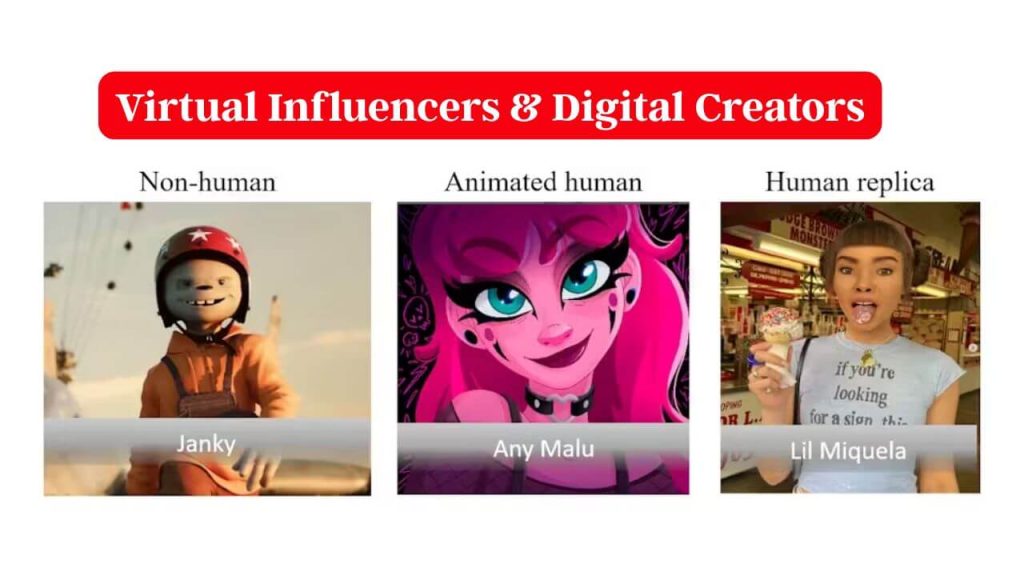
- Virtual influencers like Lil Miquela are already landing brand deals.
- Brands can now create their digital spokesperson, available 24/7, who never ages or gets tired.
These influencers can show up in virtual stores, host virtual parties, or promote digital products, making social media campaigns much more immersive.
- Engagement in 3D
Instead of just liking or commenting, users in the metaverse can:
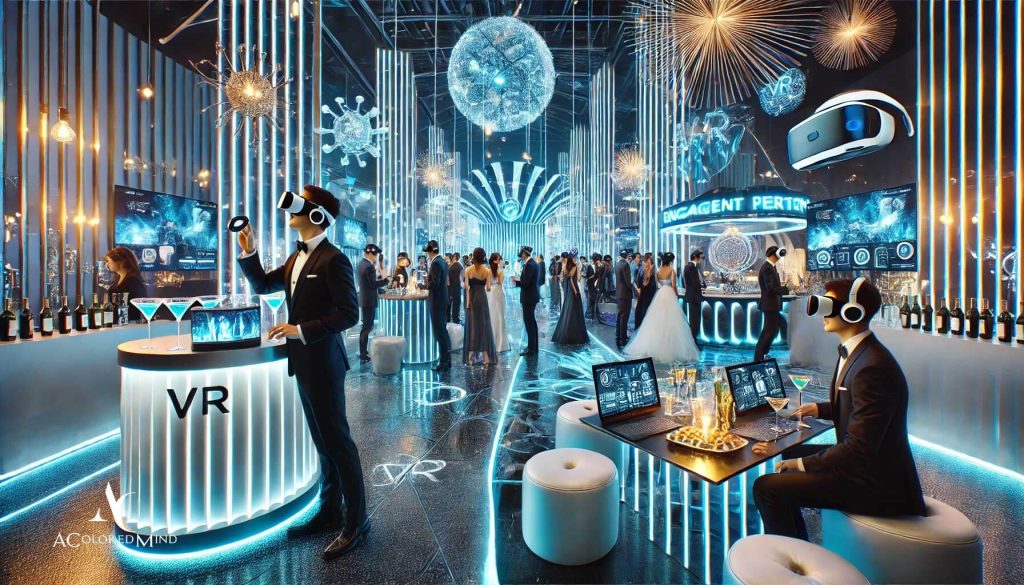
- Attend a virtual concert and dance with strangers
- Visit a 3D showroom with their friends
- Participate in gamified brand quests for discounts
It’s not just about watching or reading content, it’s about living in it.
Social Media Marketing in the Metaverse
Social media Marketers, this is going to be big.
- Instead of banner ads, imagine interactive billboards in a virtual city.
- Instead of swipe-up stories, imagine walking into a store and trying on digital clothes.
- Instead of video testimonials, imagine an avatar guiding you through a product tour in VR.
Social media will be the gateway that brings people into these metaverse experiences.
Social Media Platform using Metaverse Elements
| Social Media Platform | Social Media Features | Metaverse Elements |
|---|---|---|
| Meta (Facebook) | Friends, groups, reels, Messenger | Horizon Worlds, avatar-based interaction |
| Stories, reels, influencer | AR filters, shoppable posts for virtual goods | |
| TikTok | Short-form videos, influencer | AR filters, future VR content |
| SnapChat | Lenses, streaks, chat | Bitmoji avatars, AR world lenses |
| Roblox | Social games, avatars, groups | Immersive user-generated worlds and branded games |
Also Read: Meta Business Help Center
The Rise of the Metaverse Marketing Agency
What is a Metaverse Marketing Agency?
Metaverse Marketing Agency helps brands not look dumb in Virtual reality. Think of them as your 3D campaign architects. From managing virtual influencers to AR filters, agencies do the heavy lifting.
Services Offered: 3D Campaigns, Virtual Influencer Management, VR Optimization
- Design virtual stores and events
- Manage virtual influencers (yes, they’re digital humans!)
- SEO for 3D platforms
- NFT drops and token engagement
- AI-driven avatar interaction
When to Hire an Agency vs. Build In-House
If you have a creative team with coding magic, try it in-house. If not? Let an agency take care of it.
- If you’re new, short on tech, or need high-quality fast, then hire an agency.
- If you’ve got the team and vision to maintain your virtual world presence, then build in-house.
Top Metaverse Marketing Agencies Making an Impact
- The Fabricant – Digital fashion & AR experiences
- VBG – Events in Roblox, Spatial
- MetaVRse – 3D engine for enterprise
Metaverse Marketing Examples
Decentraland
- Built on blockchain
- Supports NFTs
- Great for digital real estate, fashion shows
Horizon Worlds (Meta)
- Facebook’s take on the metaverse
- Social and easy to enter
- VR experiences tied into Facebook/Instagram
Roblox
- Massive user base under 25
- Ideal for gamified brand experiences
- Home to many brand-sponsored games
Sandbox
- Crypto-based, voxel-style
- Good for NFT engagement
- Think Minecraft meets Ethereum
Spatial
- More business-oriented
- Hosts galleries, conferences
- Custom avatars and 3D meeting rooms
Content Strategy for Metaverse Digital Marketing
Types of Content That Work in the Metaverse
- AR filters (snap a pic, boom, branded hat)
- Mini-games (win coupons or NFTs)
- Virtual events (concerts, webinars, launch parties)
- AI-generated avatars hosting shows
Storytelling in Immersive Spaces
Don’t just say it, show it. Tell a story through rooms, lights, and music. Imagine a mystery game that leads users to your new sneaker line. Think less text, more touch. Think sound design, visual design, and spatial design. That’s the content strategy of tomorrow.
How to Link the Metaverse with Your Website
Your metaverse event? Link it to a page on your site with actual SEO juice. Use QR codes, pop-ups, and CTAs that bring users from VR to your store.
Creating SEO-Optimized Landing Pages for Metaverse Experiences
Think 3D. Think movement. But don’t forget on page optimization: load time, metadata, ALT text (even for AR!), and headline structure matter.
Retargeting Visitors Across Channels
Use cross-channel retargeting. Someone visits your metaverse store? Hit them later on IG with a “Thanks for dropping by” ad.
Social Media Integration
Promoting Your Metaverse Campaigns via Facebook, Instagram, TikTok, and Snapchat
- Facebook Avatars
- Snapchat Lenses
- Instagram AR Filters
- TikTok effects with branded assets
Post teasers, behind-the-scenes of your virtual campaigns, and invite-only event links. FOMO works in all dimensions.
Paid Ads + Organic = Power Combo
Tracking Cross-Platform Campaigns from Virtual to Real
Inside quests, branded rooms, or digital merch like shirts or backpacks worn by avatars. Branded NFT users want to wear or flex. Imagine running a sneaker drop that only unlocks in your VR store. Boom.
Paid Ads and Organic SEO in the Metaverse
Ad Placements in Virtual Worlds: Where and How
Snapchat AR ads = real-time engagement. People remember what they interact with, not just scroll past.
You’ve seen Facebook Ads. Google Ads. YouTube Ads. But imagine placing a 3D billboard inside a VR world, or sponsoring a digital treasure hunt in Decentraland. That’s the future of Paid Advertising in the Metaverse.
Types of Metaverse Paid Ads
- Immersive Ad Placements – Billboards, posters, and signs in 3D cities.
- Branded Items – Offer virtual wearables or gear with your logo.
- Sponsored Experiences – Host a branded event, concert, or challenge.
- Programmatic AR Ads – Delivered via smart glasses based on location.
How Does It Work?
- You rent virtual land (e.g., Sandbox, Decentraland).
- Place your brand assets or NPC (non-playable character) representation.
Use tracking pixels to monitor user behavior.
Case Examples of Brands Using Ads in the Metaverse
Coca-Cola is a top example of a limited-edition NFT collection and hosted an event in Decentraland. That’s engagement + advertising = brand loyalty. Other top Paid Ad Metrics in the Metaverse:
- Avatar foot traffic
- Time spent interacting
- Engagement rate with NPCs
- Number of AR filter uses or redemptions
Integrating AR and VR for Marketing Campaigns
Role of Augmented Reality (AR) in Digital Ads
The SEO game is evolving from words to experiences. But don’t ditch keywords just yet. Instead, you need to optimize how users find and interact with your AR/VR content.
- Used via smartphones, tablets, or AR glasses
- Adds digital overlays on real-world views
- Think Snapchat filters, AR try-ons, Pokémon GO
SEO Tactics for AR:
- Use object naming searchable standards
- Add rich metadata to AR experiences (product name, use, tags)
- Host AR previews on your website using WebAR
- Submit to AR content aggregators like 8thWall, ZapWorks
Role of Virtual Reality (VR) in Digital Ads
- Fully immersive using headsets (Meta Quest, HTC Vive, Apple Vision Pro)
- VR content can now be hosted on websites and indexed
VR SEO Tactics:
- Optimize the title, description, and tags of your VR environments
- Host 3D spaces on platforms like Sketchfab or Mozilla Hubs
- Include VR previews on your site with a “Click to Enter” experience
Monitoring & Analytics in the Metaverse
What Metrics Matter in AR/VR Spaces?
Clicks? Kinda outdated. In the metaverse, the following metrics can be tracked:
- Avatar Movement: Which sections of your virtual store are most visited?
- Dwell Time: How long users spend in your space.
- Engagement Rate: Interactions with NPCs, items, or games.
- Conversion Paths: From metaverse to site > to cart > to purchase.
- User Feedback: Collect surveys via virtual forms or dialogues with bots.
Tools for Tracking User Behavior in 3D Worlds
Platforms like Spatial and Roblox have analytics dashboards. Some agencies use custom trackers. Just make sure your ROI isn’t just vibes.
The Future of Metaverse Marketing
The metaverse is just starting. As devices get better and more people come online in 3D virtual worlds, your digital marketing strategies must evolve.
Expect:
- 5G powered real-time AR overlays
- B2B virtual trade shows
- Job interviews and onboarding inside virtual offices
- Full SEO integration inside headsets
Hot Trends: Mixed Reality, AI Avatars, Digital Identity
- Mixed reality merging with AI
- Digital identity is becoming currency
- SEO adapting to index holograms & 3D items
This ain’t the end, it’s the start. Web 4.0 will look like nothing we’ve seen.
Brands that adapt early will use the metaverse. Those who delay? Risk of being left out of a trillion-dollar market.
How to Start with Metaverse Strategy
Step-by-Step Guide for Beginners
- Pick your metaverse platform
- Set up avatars, spaces, and events
- Use SEO in names, tags, and metadata
- Promote across socials
- Track everything
- Hire an agency if it gets messy
- Step 1: Define Your Audience
Are they gamers? Gen Z? Business professionals? That decides your platform.
- Step 2: Choose Your Platform
Pick Roblox, Decentraland, Horizon Worlds, or others based on goals and users.
- Step 3: Build Your Experience
- Start small with a virtual showroom
- Go big with an interactive game or quest
- Partner with Metaverse Marketing Agencies if needed
- Step 4: Optimize for Search
- Use searchable asset names
- Tag everything from avatars to events
- Embed metadata and use alt text
- Step 5: Promote Outside the Metaverse
- Share via social media, email newsletters, influencer shoutouts
- Create content around your virtual space: blogs, reels, behind-the-scenes videos
- Step 6: Measure and Improve
Track user movement, engagement, and conversions. Use the data to refine your virtual strategy.
FAQs of Metaverse Marketing
What is metaverse marketing?
It’s marketing in a virtual 3D world using VR, avatars, and 3D tools. Metaverse Marketing Agency helps brands not look dumb in VR. Think of them as your 3D campaign architects. From managing virtual influencers to AR filters, agencies do the heavy lifting.
What are the 7 layers of the metaverse?
The 7 layers of the metaverse are experience, discovery, creator economy, spatial computing, decentralization, human interface, and infrastructure. Infrastructure is the base layer; without an adequate framework, none of the other developments are possible. This is why technological processes are at the heart of the metaverse. These seven layers include.
- Experience
- Discovery
- Creator Economy
- Spatial Computing
- Decentralization
- Human Interface
- Infrastructure
What is the metaverse market?
The Metaverse Market is a growing economic ecosystem that revolves around the creation, development, and monetization of AR and VR environments, digital assets, and immersive experiences. It includes all businesses, platforms, technologies, and users involved in the metaverse and digital universe where people interact as 3D avatars, attend virtual events, play games, shop, work, and socialize.
- Consumers: Gamers, NFT collectors, digital shoppers, event attendees
- Businesses: Brands, e-commerce companies, real estate developers (virtual), ad agencies
- Developers: Game designers, 3D artists, AR/VR developers
- Investors: Venture capitalists, NFT traders, crypto holders
- Tech Companies: Building the tools, hardware, and platforms
How to sell in the metaverse?
To sell in the metaverse by creating a virtual store, hosting live events, listing NFTs, or using AR products to create a real-life experience. Platforms like Decentraland or Meta Horizon Worlds allow virtual 3D storefronts.
What are some successful examples of metaverse marketing?
There are some top brands which is already using metaverse marketing. Some successful examples are Nike, Gucci, and even Coca-Cola, etc. are the ones which have already run ad campaigns in virtual worlds.
What is an example of a metaverse?
The examples of metaverse are Nike, Horizon Worlds, Decentraland, Fortnite, Second Life, Pokemon GO, Virtual Events, Sandbox, and many more.
- Step-by-Step Guide: 12 Steps to Create a Marketing Plan for Business Growth
- How to Optimize for Zero-Click Searches? Is It Bad for SEO?
- Metaverse Marketing: Social Media Marketing in the Metaverse
- What is On Page Optimization? Keyword, URL, Meta Tags, ALT Tags & MORE!
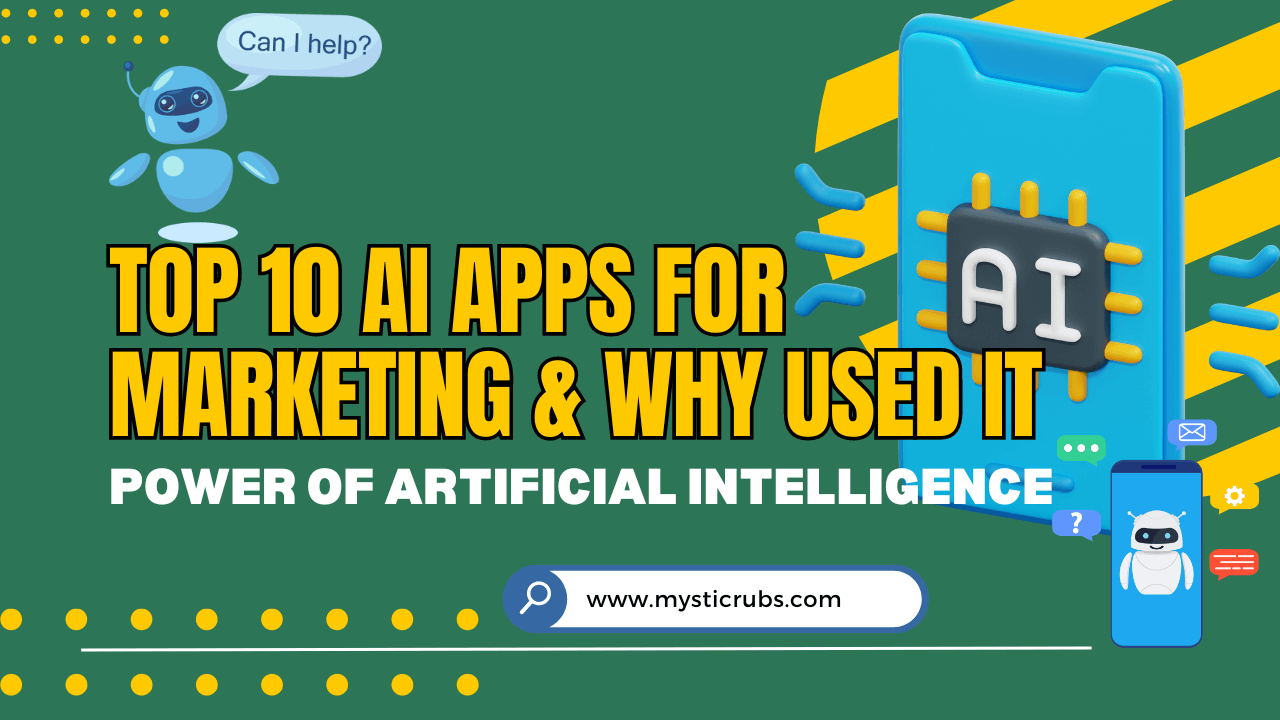

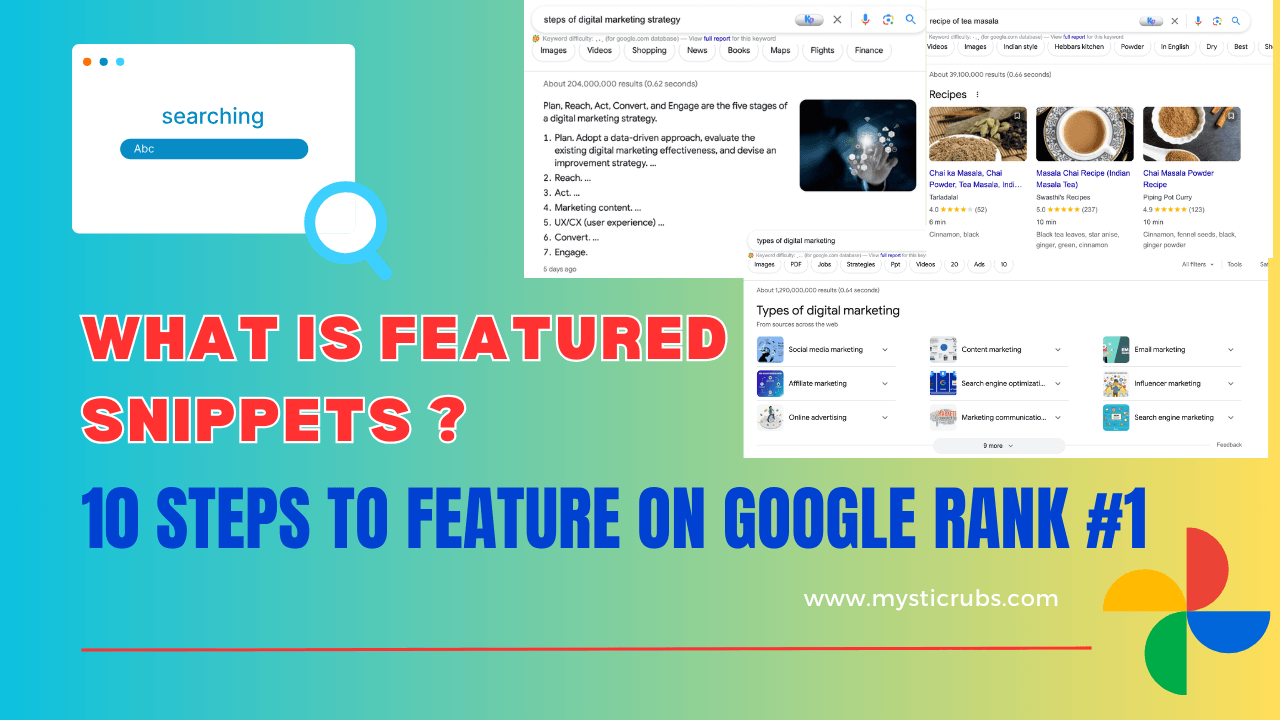
![[2025 Updated] Top 10 Digital Marketing Agencies in Nepal Ranked!](https://mysticrubs.com/wp-content/uploads/2022/05/top-10-digital-marketing-company-in-nepal.png)

